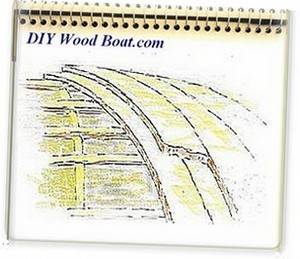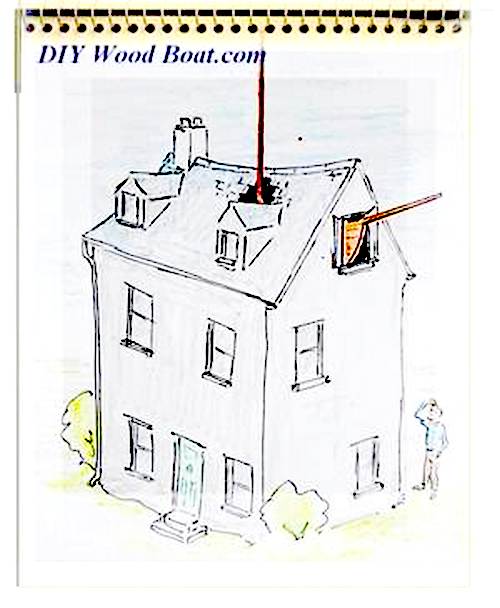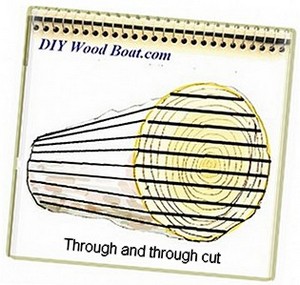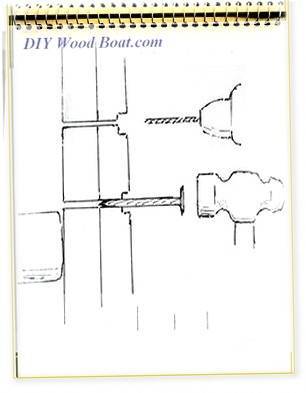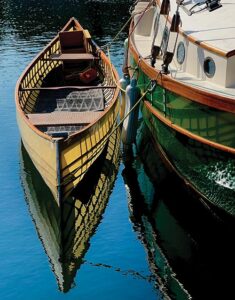- Home
- Boat Building
- Restoration
- Bulkhead
Bulkhead Building, Replacement and Repair.
A Bulkhead in a wooden boat does more than simply divide up the interior space.
- They play an important role in load spreading
- They reinforce those beam, carline and hull joints.
- They tie deck beam and frames together.
- They are instrumental in holding the hull shape.
- They reinforce area of high stress such as near chain plates, keel and mast step.
- They help support carlines.
Bulkhead Types.
There are two basic types, structural and non-structural
The 'structural' are those which are specifically designed to support high load areas of hull and deck.
However these will often double up as space dividers.
Then there are the 'non-structural' designed simply as dividers between areas or to support furniture.
Yet these too, if designed well will help with structural strength.
Watertight / collision bulkheads, because they are full width tend to be very strong and structural.
These, because they are caulked and have no limber holes should have their own bilge pump.
It is possible to use permanent structural bulkheads in place of frames but they will need to be of similar thickness.
On Mignonne the original structural bulkheads are 2inch 50mm thick planking.
The Tick or Joggle Stick.
I was fortunate that Mignonne's structural bulkheads did not need replacing, just refastening.
However I did have to build all the 'non structural ones.
At first I curt cardboard templates but these left me with a lot of trial and error fitting, scribing, shaving, re fitting, scribing again, shaving a bit more and wasted not only time but timber.
I then tried making up template from scraps of light timber glued together in situ with the hot glue gun. This worked reasonably well but I quickly ran out of scraps.
Then someone introduced me to the 'Tick / Joggle Stick.'
This is without a doubt the most accurate and practical method for making any odd shaped pattern.
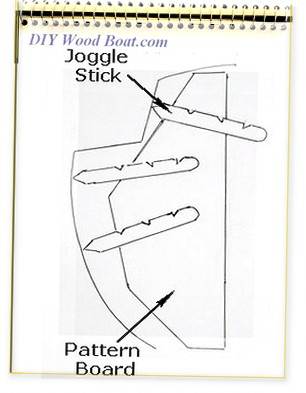 Tick or Joggle Stick
Tick or Joggle StickThe 'stick' can be any old scrap timber preferably a stiff piece the length will depend on the shape you want to trace, for a bulkhead perhaps about a third of the beam of the boat.
Cut a point at one end and a couple of notches along the length, these are to make it easy to relocate the concise position of the stick later.
Next you need a scrap piece of reasonably stiff plywood.
This needs to be large enough to be tacked or clamped firmly, vertically along side the proposed position of the new bulkhead, this will be you 'pattern board'.
The board also needs to have a clean surface so you can draw on it with a pencil, a coat of white undercoat will give a perfect surface.
Now that you have that set up, with the stick flat on the 'pattern board' place its point at a position on the hull that you want to record and then trace the outline of the stick onto the 'pattern board' with your pencil.
You will need to be able to put your stick on to the trace in exactly the same position and same side up later, this is where the notches come it as reference points.
Repeat this for as many points as will be needed to create a complete profile of the hull shape including frames chain-plates etc.
Now take the 'pattern board' out and lay it on the panel that you wish to cut out.
Clamp it firmly to the panel.
Now take the same tick/joggle stick and place it onto those penciled outlines on the pattern, then mark the position of the point onto the panel.
Do the same for all the positions you have marked then join the points up with a spieling baton and straight edge.
Cut it out and hope it fits but don't expect the other side of the hull to be a mirror image.
Better to slap some more white undercoat on your pattern and do another trace for the other side.
Construction.
The most obvious material for many is sheet plywood because of its high strength to weight ratio.
While plywood panels are an excellent choice, they can be difficult to fit in one piece once the deck is in place.
This can be over some by laminating two or more layers in situ, the sheets can be arranged to overlap to create the joints however, clamping the sheets, in situ while gluing will be a problem.
In my opinion, any one building or renovation a solid timber boat should paint any plywood that is visible.
Plywood, no matter what the surface veneer, just doesn't have the same look or feel as solid timber.
Unfortunately, even if you are going to paint the panel you will have to pay for a hard wood veneer as it is difficult to get a good finish on a softwood one.
The panel edges will need to be capped and the wood completely sealed with paint or varnish before being installed.
And if you do use plywood it is a false economy not to use marine quality because of the danger of delamination and movement due to moisture ingress.
An alternative is to build it up from tongue and groove planks this will result in a fine looking panel which can be painted of left natural.
However it will require a tremendous number of fastenings.
affiliate linksFitting and Fastening.
To get the full benefit of any bulkhead it should be firmly fastened, preferably through bolted to the deck beams carlines and frames.
Fastening to steam bent frames will be a problem as they are rarely straight or entirely vertical.
Boats which have been framed with steam bent frames usually attach the bulkheads on to specially sawn futtocks, either set between the frames or in place of a frame, these should be fastened through the planking as would a regular frame.
Fastening a part bulkhead to the deck beam and joining it to its opposite number with a beam at the bottom will in effect create a strong ring frame.
affiliate links



